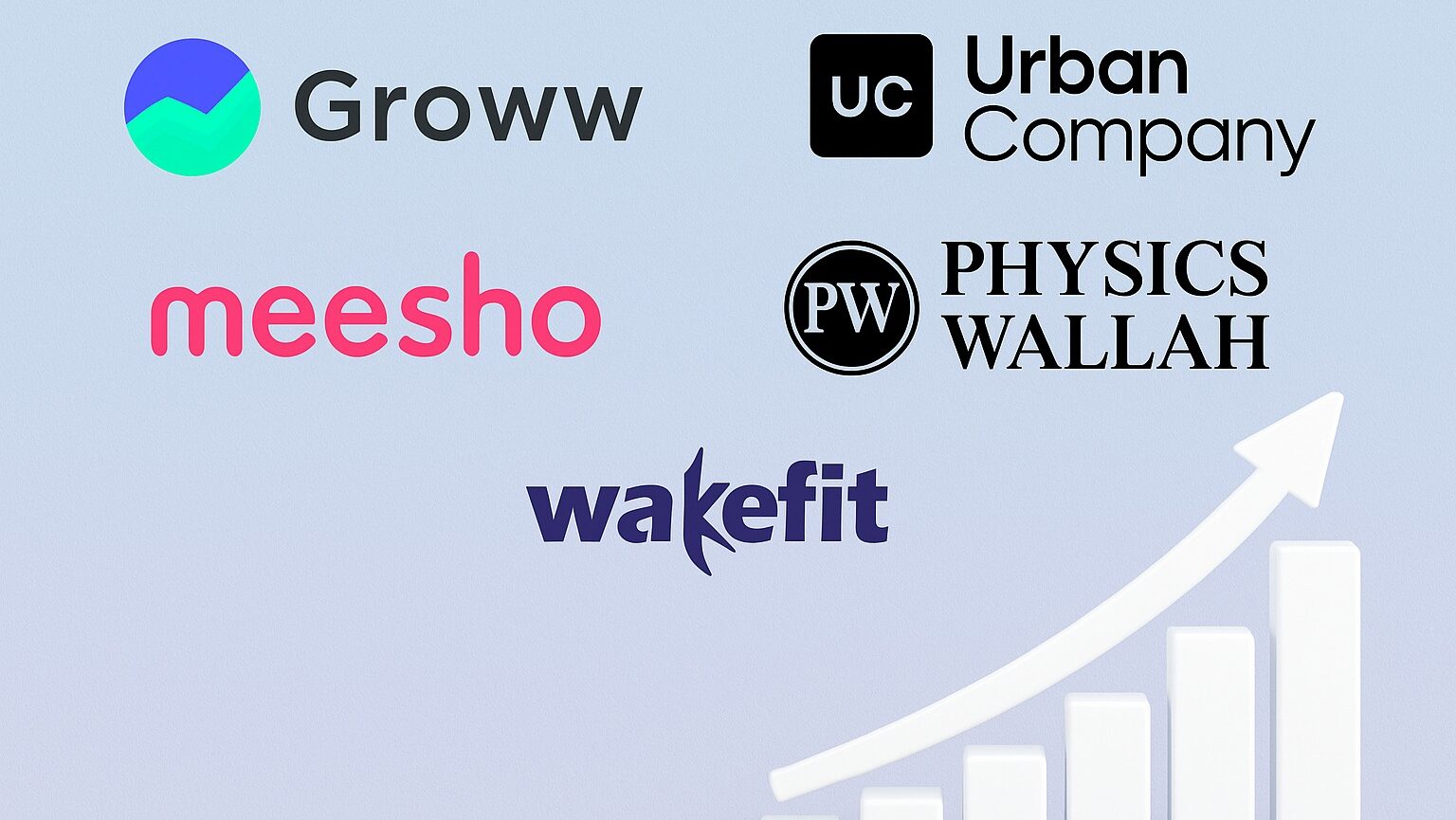The quick commerce industry is witnessing fierce competition as Swiggy Instamart works to bridge the gap with Blinkit, the current market leader. Both companies are racing to expand operations, improve margins, and capture a larger share of the fast-growing segment.
Growth in numbers: Instamart trails behind Blinkit
In Q2 FY25, Instamart achieved a gross order value (GOV) of ₹3,382 crore, marking a 42.1% quarter-on-quarter (QoQ) and 75.5% year-on-year (YoY) growth. Despite this impressive trajectory, it lags behind Blinkit, which reported a GOV of ₹6,132 crore, reflecting 5% QoQ and 122% YoY growth.
Instamart’s adjusted EBITDA margin improved to -10.6% from -18.1% YoY but remains far from Blinkit’s achievement of becoming contribution-positive since Q2 FY24. Instamart’s contribution margin stood at -1.9% of GOV in Q2 FY25, compared to Blinkit’s superior unit economics and smaller adjusted EBITDA margin of -2.5%.
Challenges in margin expansion
Instamart’s rising expenses in marketing and workforce have offset the gains from its reduced contribution margin losses. Analysts have pointed out that while Swiggy’s dark store network is benefiting from better order density, Blinkit leads in achieving better profitability at scale.
“While incremental improvement in customer acquisition and unit economics is encouraging, Instamart still lags behind Blinkit in both growth and unit economics,” said Jay Gandhi, Deputy VP at HDFC Securities.
Swiggy CEO Sriharsha Majety projects Instamart to reach contribution break-even by Q3 FY26 and adjusted EBITDA break-even by Q2 FY27, but Blinkit is poised to maintain its profitability lead.
Aggressive expansion plans
To stay competitive, Instamart plans to double its store count by March 2025, increasing store sizes by 30–35%. It is also introducing “megapods” in major cities, massive facilities that house over 50,000 SKUs and aim for 10–30 minute delivery times. While this expansion may boost average order value (AOV) and user spend, it raises concerns over delivery efficiency.
Blinkit’s AOV of ₹660 outpaces Instamart’s ₹499 in Q2 FY25, while competitors like Zepto aim for ₹550. Analysts caution that the megapod strategy might compromise Instamart’s promise of ultra-fast delivery.
Looking ahead
As both players ramp up investments in infrastructure and operations, the race remains wide open. Analysts project significant growth in Swiggy’s quick commerce segment, outpacing its food delivery business. However, Blinkit’s established profitability offers a strong competitive edge.

























